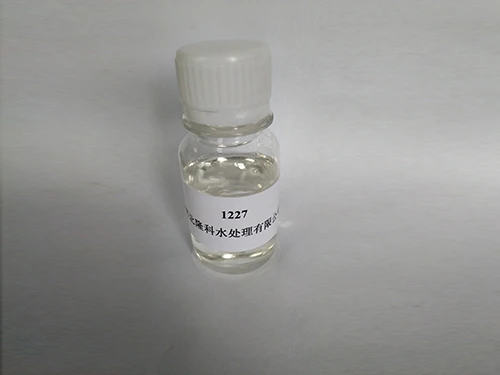Polyaluminum Chloride in Water Treatment Applications and Benefits for Efficient Purification
Polyaluminum Chloride in Water Treatment An Overview
Water treatment is an indispensable process in ensuring the safety and quality of drinking water. Various chemicals are employed to enhance the efficiency of this process, and one such significant chemical is Polyaluminum Chloride (PAC). This article aims to provide a comprehensive overview of PAC, its properties, applications, and advantages in water treatment.
What is Polyaluminum Chloride?
Polyaluminum Chloride, commonly referred to as PAC, is a water-soluble polymeric aluminum compound. It is produced through the hydrolysis of aluminum chloride in the presence of water. The resulting product is a coagulant that is widely used in the treatment of drinking water, wastewater, and various industrial processes. PAC is favored for its effectiveness in coagulation and flocculation processes, which are critical for the removal of suspended solids, organic matter, and other impurities from water.
Chemical Properties and Composition
PAC is characterized by its high charge density, which makes it more effective than traditional inorganic coagulants like aluminum sulfate. The molecular structure of PAC consists of multiple aluminum hydroxide groups, which contributes to its polymeric nature. The high charge and polymeric structure of PAC enhance its ability to destabilize colloidal particles, facilitating the coagulation process. In addition to its coagulation properties, PAC also adjusts the pH of water, which can help improve overall water quality.
Applications in Water Treatment
The primary application of PAC is in the treatment of drinking water. When added to water, PAC rapidly hydrolyzes to form aluminum hydroxide, which acts as a coagulant. The process involves several steps
1. Coagulation PAC neutralizes the charges of suspended particles in water, causing them to aggregate and form larger flocs. 2. Flocculation The larger particles that form are then encouraged to stick together through gentle mixing. This process increases the size of the flocs, making them easier to remove.
3. Sedimentation The larger flocs settle to the bottom of the treatment tank, separating impurities from the treated water.
4. Filtration Finally, the treated water is filtered to remove any remaining particles, resulting in clean, safe drinking water.
polyaluminum chloride water treatment

Besides drinking water treatment, PAC is also used for wastewater treatment, paper manufacturing, and some industrial processes. In wastewater treatment, PAC effectively removes suspended solids, phosphates, and other contaminants, thereby enhancing the quality of effluents before they are discharged into the environment.
Advantages of Using PAC
PAC offers numerous advantages over traditional coagulants.
1. Higher Efficiency Due to its higher charge density, PAC is more effective at lower doses compared to aluminum sulfate. This results in reduced sludge production and lower chemical costs.
2. Wider pH Applicability PAC operates effectively across a wider range of pH levels, making it suitable for diverse water sources.
3. Better Settling Properties The flocs produced by PAC are larger and settle faster, enhancing the efficiency of the sedimentation process and leading to quicker turnarounds in water treatment facilities.
4. Reduced Environmental Impact With lower dosages required and less sludge produced, PAC is often seen as a more environmentally friendly option for water treatment.
5. Improved Water Quality PAC-treated water typically has lower residual aluminum levels, which is beneficial for public health and compliance with regulatory standards.
Conclusion
Polyaluminum Chloride has established itself as an essential coagulant in water treatment processes. Its superior properties and effectiveness enable water treatment facilities to provide high-quality drinking water while minimizing environmental impacts. As water scarcity and quality continue to be global challenges, innovations and improved practices in water treatment will be vital. PAC stands out as a promising agent in the ongoing effort to enhance water purification processes, ensuring a cleaner and safer water supply for communities worldwide.
-
Premium Isothiazolinones | Broad-Spectrum Biocidal SolutionsNewsAug.28,2025
-
LK-319 Special Scale And Corrosion Inhibitor For Steel Plants: Advanced Solutions for Industrial Water SystemsNewsAug.22,2025
-
Flocculant Water Treatment: Essential Chemical Solutions for Purification ProcessesNewsAug.22,2025
-
Isothiazolinones: Versatile Microbial Control Agents for Industrial and Consumer ApplicationsNewsAug.22,2025
-
Scale Inhibitor: Key Solutions for Water System Scale PreventionNewsAug.22,2025
-
Organophosphonates: Versatile Scale Inhibitors for Industrial Water SystemsNewsAug.22,2025





